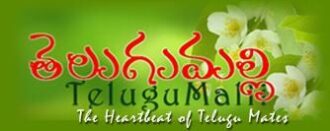Cooking and garnishing with edible flowers is back in vogue. Edible flowers had been used in the culinary arts for over thousands of years by the Roman, Middle Eastern, Chinese and Indian cultures. Today, chefs and innovative cooks look to add something new, exciting and colourful onto our plates. A simple addition of edible flowers can make an ordinary dish look extra-ordinary.
Flowers are natural plant foods and often contain valuable nutrients but not all flowers are edible. Care should be taken when identifying flowers as some flowers are poisonous and must not be eaten. If unsure, consult a reference book on edible flowers and plants.
Edible flowers can instantly enhance flavour, aroma and presentation to a wide range of dishes including salads, meat dishes, seafood, desserts and drinks.
The most common use of flowers is to garnish but can also be used in preparation of sauce, jelly, vinegar, oil, candied flower, ice drinks and other beverages.
The possibilities of using fresh edible flowers are endless. Imagine a fresh salad with bright yellow, orange and red nasturtium or a beautiful cake decoration with candied flowers or an exotic summer drinks with frozen pansies and mint ice cubes. As the ice melts you still have the beautiful flower in your drink.
General rule or guideline to follow when eating edible flowers:
Proper identification of edible flowers is essential
Do not eat flowers from a florist, nursery or garden centres as they are treated with pesticides
Roadside flowers or flowers in gardens treated with chemicals should not be consumed.
Ensure flowers used are grown chemical free
If you have asthma, hay fever or allergies, it’s best not to eat flowers.
Remove pistals and stamens before use
Introduce flowers slowly into your diet and in small quantities
Below is the list of edible flowers usually found in our gardens.
